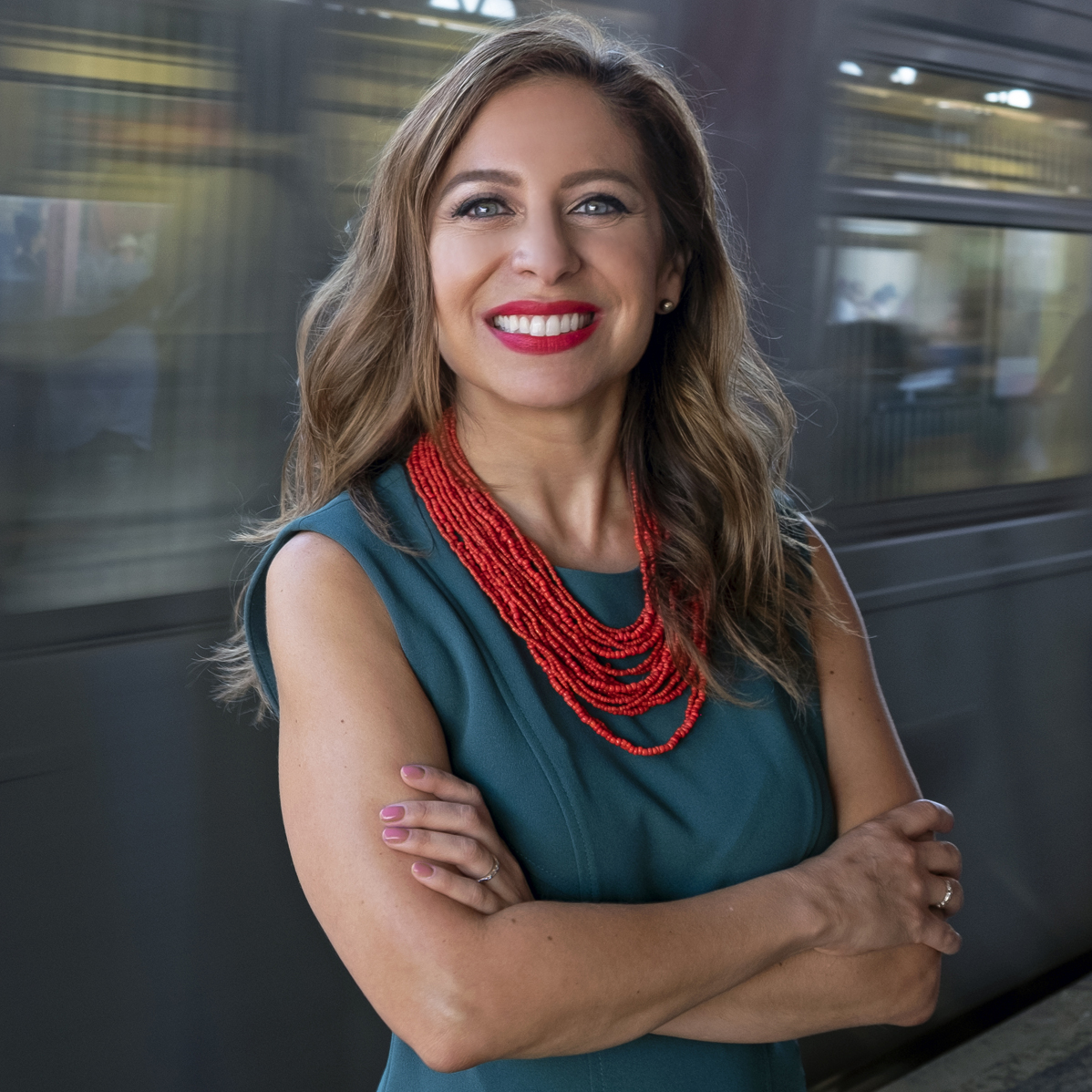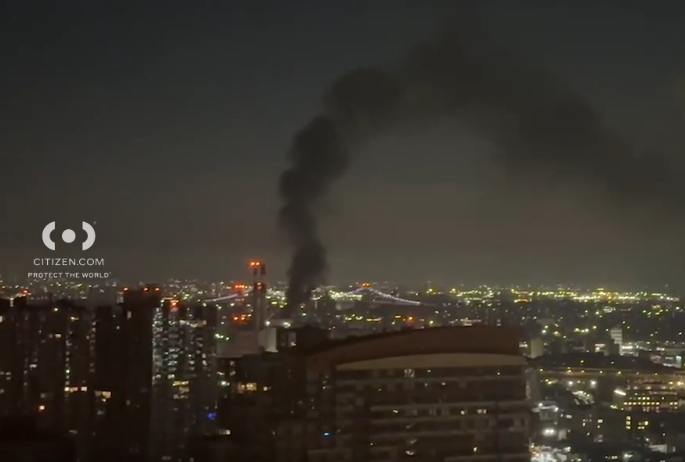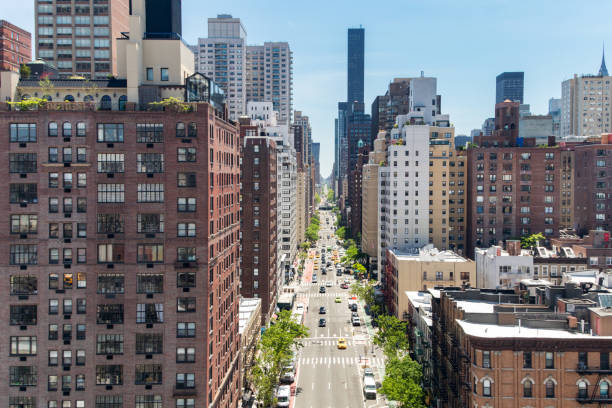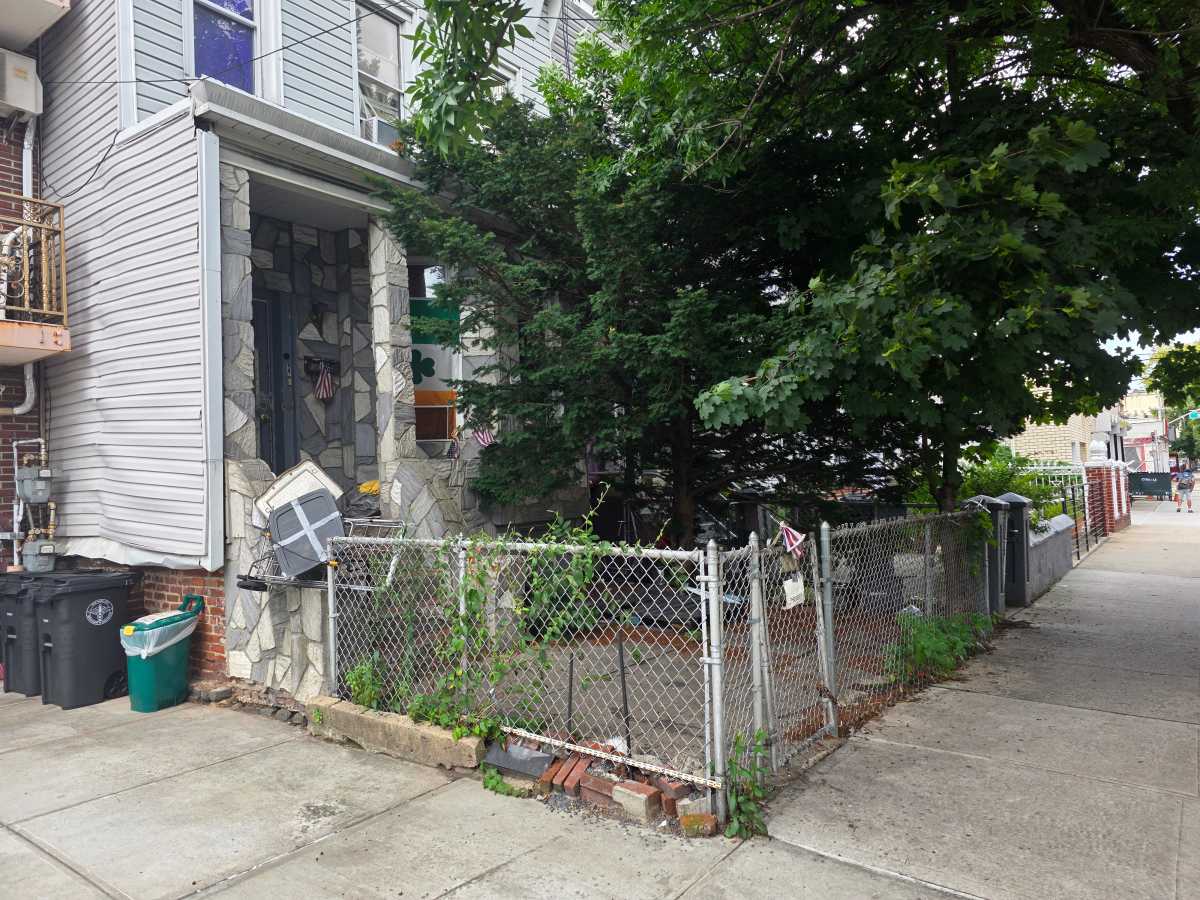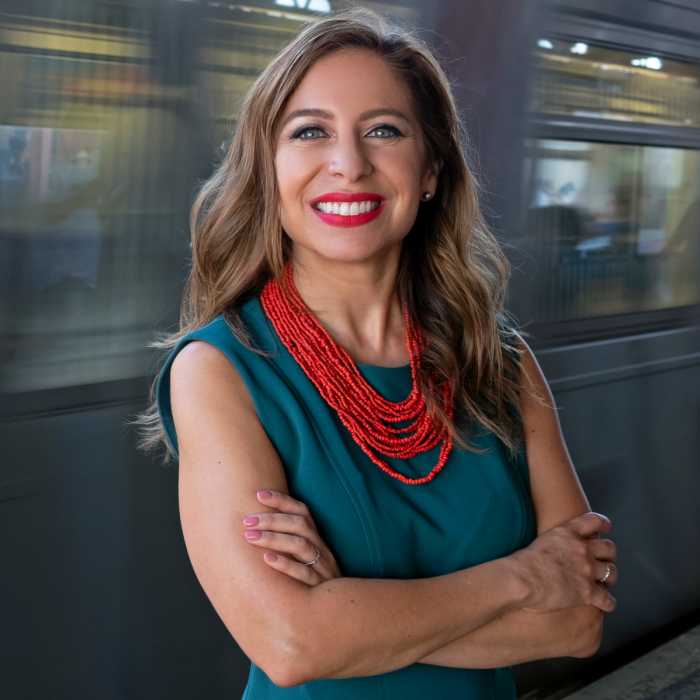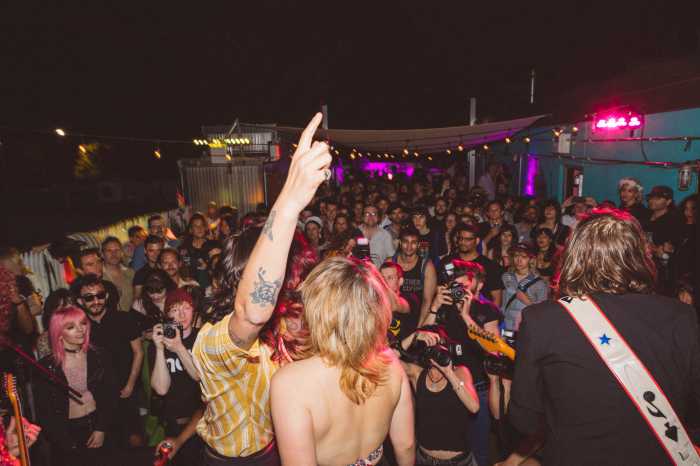Residents of East Harlem said they are disappointed that tunneling for the Second Avenue Subway won’t happen in their neighborhood until after 2019 — and hoped the new line would start sooner.
The Upper East Side will get the new subway service in 2016 and the MTA then plans to expand it up Second Avenue in East Harlem.
Over the next four years of the capital plan, between now and 2019, the MTA will be focused on design and environmental review in the neighborhood — as well as moving utilities, which MTA spokesman Adam Lisberg said is particularly complicated in Manhattan. Any tunnel blasting will come in the following plan and won’t start in this one.
The MTA initially planned to spend about $1.5 billion in its capital plan on the next phase of the new line, but said Wednesday it will only spend about $535 million due to the timing of the plan and how complicated the project is. The agency’s board didn’t approve the $29 billion capital plan until Wednesday, and it still has to be reviewed by a state board.
East Harlem residents feel they are getting the short-end of the stick.
Christine Milano, 36, who co-owns the Coco Le Vu Candy Shop on 110th Street between Second and Third avenues, said she’s waiting on the new subway line to boost her business.
“As a business owner, it could have brought us more traffic,” said Milano. “I’ve been through the process of rush hour [on the No. 6 train]; it’s daunting. I let several trains pass sometimes.”
She said she hoped residents and businesses would speak up and call for the Second Avenue Subway to reach them sooner. “They should deliver what was promised,” she said.
Arlene, a 31-year-old public school teacher who didn’t want to give her last name, hopes the expansion comes soon because the No. 6 train often runs express due to construction work- and bypasses her stop. She lives on 112th Street and Third Avenue.
“Plenty of times, the 6 train will go express from Harlem,” she said. “So anyone that lives on the local stop, you have to walk, you have to take the bus, you have to try to get a cab. It’s a big inconvenience and it makes it seem like the MTA doesn’t care about the community of workers that live in East Harlem and Harlem.”
State Senator José Serrano, who represents the neighborhood, also said that he was concerned the expansion could be snagged. “I have serious concerns that any reduction in funding for the Second Avenue Subway will cause further construction delays, which will prolong the inconvenience to residents and businesses along the construction zone, while continuing to deny much-needed service improvements for residents of the East Side and El Barrio,” he said.
Serrano said he will continue to fight for an on-time completion of the project.
Mayor Bill de Blasio, whose administration is giving the MTA $2.5 billion for the plan, said the East Harlem expansion is a major priority, as are more frequent trains and a better signal system. The Second Avenue Subway is expected to relieve crowds on the jam-packed No. 4, 5, and 6 significantly.
“What I understand is that the MTA came to the conclusion that based on their calendar, they were not going to be able to spend as much on the next phase of the Second Avenue Subway as they originally hoped to; it was just going to take longer,” he said.
“It’s a complicated project,” de Blasio added. “We know the first phase has taken a long time, much more than any of us could have imagined. I think it was bluntly an admission that the second phase will take quite a while. But again, we are very proud of the contribution we are making, we are proud of the reforms that came with it, and we think a lot of change is going to happen for our straphangers.”
Meanwhile, transit enthusiasts were overjoyed that the proposed capital plan has more than $50 million for prototype subway cars with open-gangways. The cars are similar to articulated buses, and allow riders to move from car to car without opening a door. They can fit more passengers, and the MTA has been challenged by record ridership.
“Open gangways on subway cars are a very important piece of proven technology that will drastically increase the capacity of subway trains — reducing delays and making commutes much more pleasant,” said Max Diamond, a 19-year-old student.
















